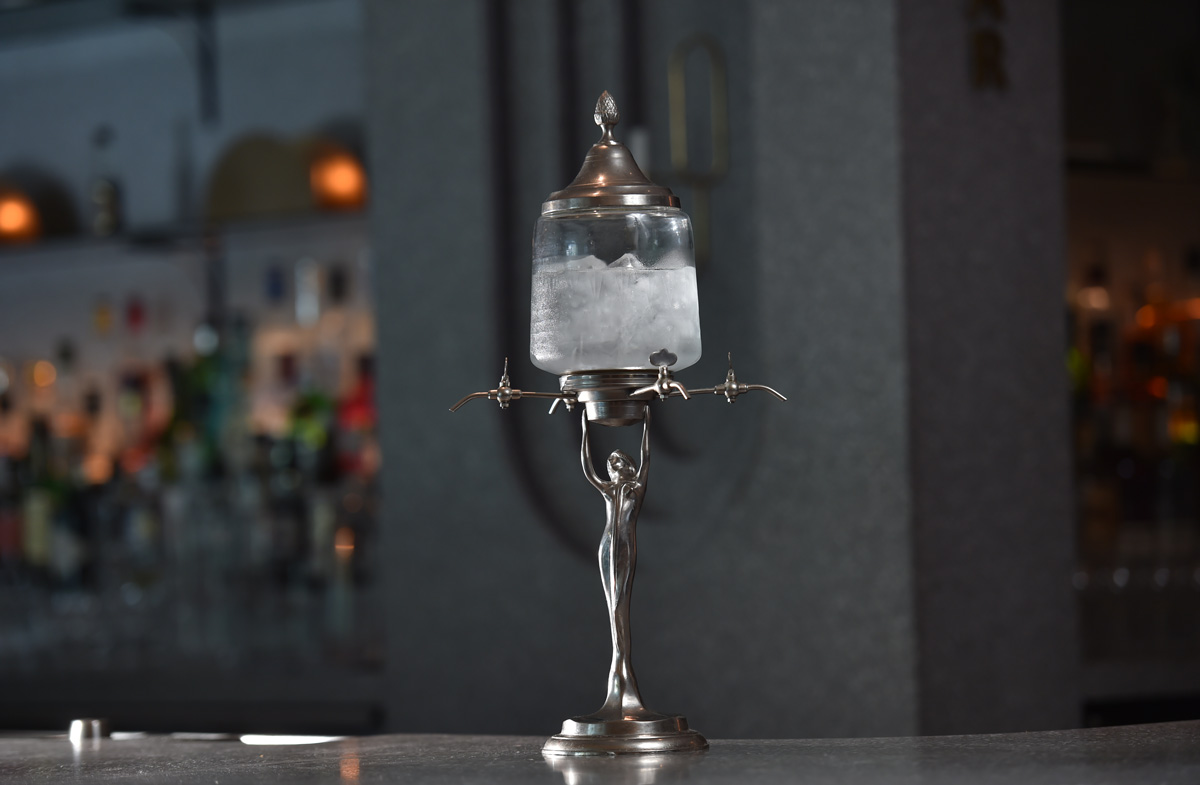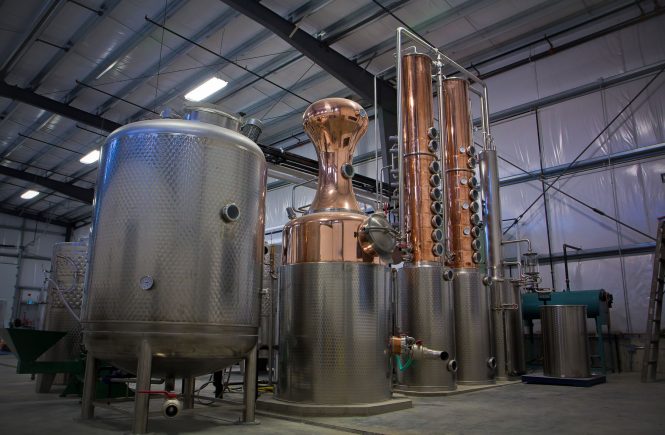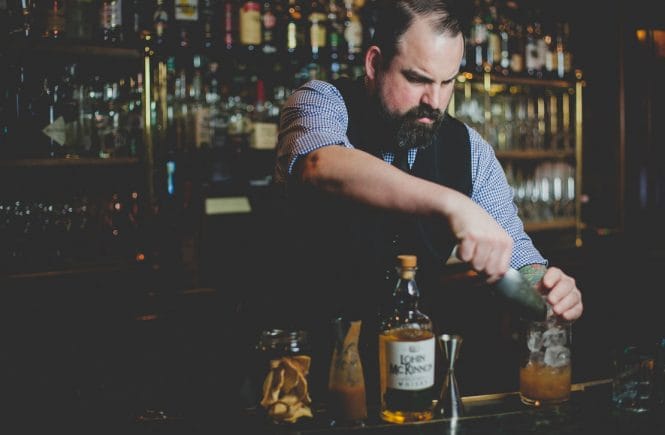The spirit that supposedly drove a generation of French artists mad is back in B.C., where distillers are reinventing absinthe

It’s all fun and games until someone loses an ear. Vincent Van Gogh’s escapades might have delivered the final cut to the fashionable, anise-flavoured spirit absinthe, invented in Switzerland in the late 18th century and favoured by Belle Époque bohemians. Seen as highly addictive and dangerous, it was banned in the U.S. and much of Europe for nearly a century, until 2007.
Likely the poor quality or high-proof base spirit—not the relatively small amount of hallucogenic thujone, naturally found in absinthe’s bittering agent, wormwood (Artemesia absinthium)—was responsible for absinthe-attributed naughtiness. But its reputation as the bad boy of the spirits world persists, as does its role in cocktails, particularly of the French-influenced New Orleans school, such as the Sazerac, Corpse Reviver No. 2 and La Louisiane.
Here are five local absinthes to try, from newcomers to B.C.’s standard-bearers.
Green Frog Absinthe
The Alchemist Distiller (65% ABV)
Being from the mountainous regions of France where absinthe is a cultural tradition, Simon Buttet and Sandrine Jacques made it one of the inaugural spirits at their new Summerland distillery. It’s called Green Frog, for its chlorophyll-enhanced shade and “because we’re French,” Buttet jokes.
He uses wormwood and lemon balm, plus licorice, star anise and fennel seeds to obtain both fresh and earthy anise notes, distilling some botanicals into his high-proof apple spirit and infusing others using a gin-basket method. Adding ice water creates a glorious cloud that one taster said “looks like an opal,” the coveted louching effect created when essential oils are chilled out of solution. Buttet says, “The more alcohol, the more flavour it can carry. That’s the reason for the 65 per cent.”
Use it in: A Sazerac
Psychedelic Jellyfish Absinthe
Tofino Distilling (73% ABV)
Embracing absinthe’s rogue reputation with an overproof spirit flavoured by anise, fennel, hyssop, lemon balm and “as much wormwood as we can,” distillery co-founder Neil Campbell used a traditional 1858 recipe and had his product lab-tested to ensure safe thujone levels.
“We’re trying to revive the fun element,” says Campbell, who says tasting-room visitors can be a little scared of tasting the product initially. Whimsical, fluorescent-bright labels and absinthe cocktails like a lavender-tinged lemonade (see recipe) convert them. “At the end of the day it’s a high-proof spirit with a cool lore. Is it going to make you hallucinate? No. But we can keep up the cryptic element of it.”
Use it in: Tip-toes in the Tulips (a lavender-scented lemonade)
The Devil’s Club Organic Absinthe
Pemberton Distillery (60% ABV)
One of the world’s only absinthes distilled from organic potato spirit uses a blend of traditional (anise, fennel) and local foraged (Devil’s Club Root, Oregon grape, hops, hemp seed) herbs and botanicals, including wormwood grown on the distillery’s organic farm. “It’s such a vigorous plant that we now have to control it,” says manager of product development Lorien Schramm.
It’s rested with more botanicals to achieve a peridot-coloured final product that’s “natural, balanced and more herbal than anise-dominant.”
Use it in: The Green Beast
Baba Yaga Absinthe
Arbutus Distillery (60% ABV)
Arbutus Distillery owner Mike Pizzitelli calls his bartender-candy absinthe, named for a mythical Eastern European witch, “kind of a meld of traditional absinthe and B.C. craft.” Distilled with wormwood, anise, fennel, lemon balm and mint, then steeped in a secret mix of local and traditional botanicals, its menthol-crispness refreshingly balances its black-licorice magic.
Though the spirit is lime green when bottled, its plant-based natural colour fades over time to a chartreuse shade, even though its wildly illustrated but functional paper wrap helps protect it from sunlight. “If your absinthe has a bright mouthwash colour, it’s probably dyed,” Pizzitelli says.
Use it in: Bohemian Mule
Taboo
Okanagan Spirits (60% ABV)
When Okanagan Spirits opened in 2007, “We realized that absinthe had never been banned in Canada,” says the distillery’s CEO, Tyler Dyck. And so Canada’s first genuine absinthe was born. Its base spirit is distilled from Okanagan cherries, macerated with botanicals for a few months, then re-distilled. “Hundreds” of test batches originally went into getting the perfect flavour, subtle green colour and ideal louche.
On a recent trip to southern France, Dyck saw absinthe still enjoyed midday in cafés by imbibers engrossed in conversation. “I love sitting around with a good group of people and talking about art, or books—it really seems to be a drink that brings that out.”
Use it in: Absinthe Mojito
—by Charlene Rooke




